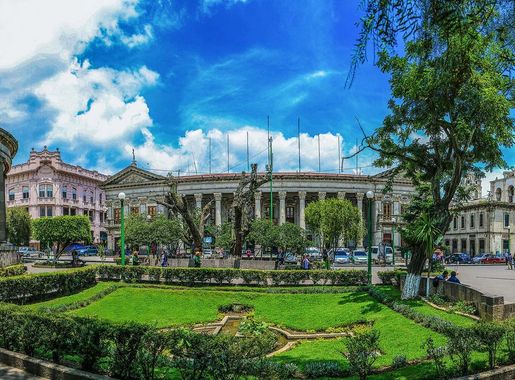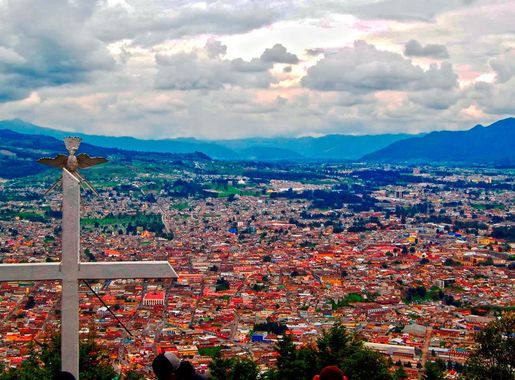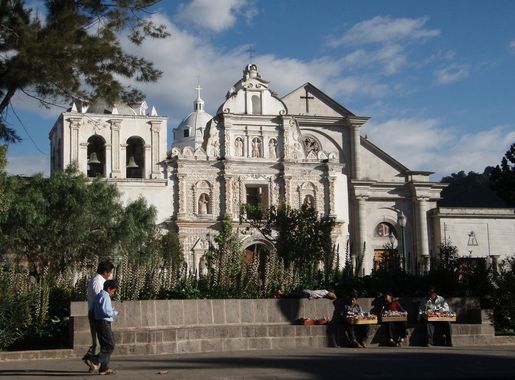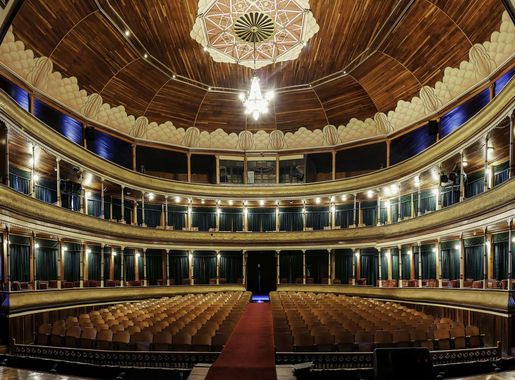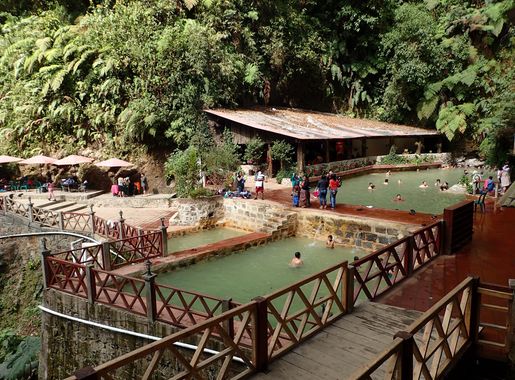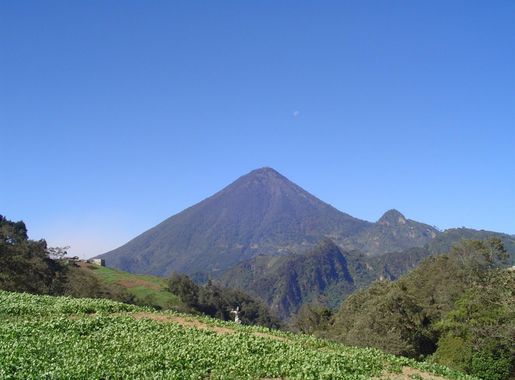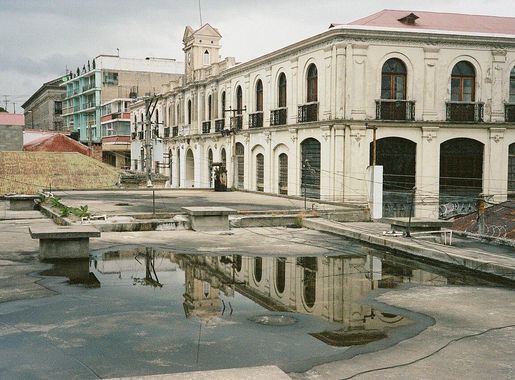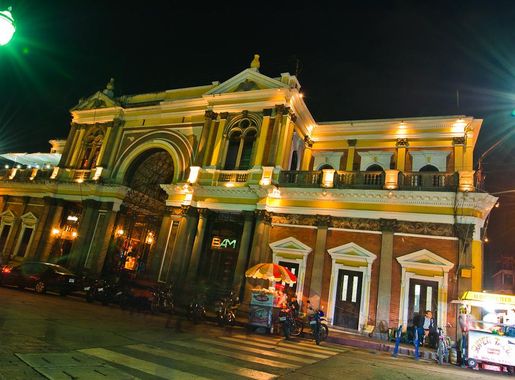
Quetzaltenango: The Heart of Guatemalan Culture and Nature
Discover Quetzaltenango (Xela): A Cultural and Natural Gem in Guatemala's Western Highlands, Rich in Heritage, Adventure, and Authentic Experiences.
Nestled in the western highlands of Guatemala, Quetzaltenango, also known as Xela, is a vibrant city that beautifully blends rich cultural heritage with stunning natural landscapes. As the second-largest city in Guatemala, Xela offers an authentic experience of the country's indigenous and colonial history, making it a must-visit for any traveler seeking to immerse themselves in the true essence of Guatemala. Xela's historic center is a charming mix of neoclassical architecture and bustling markets. Wander through Parque Centro América, the city's main square, and admire the grand buildings that tell tales of a bygone era. The nearby Municipal Theater is a splendid example of Xela's cultural pride, often hosting performances and events that showcase local talent. For nature enthusiasts, Xela serves as a gateway to some of Guatemala's most breathtaking natural wonders. The towering Santa María Volcano offers an exhilarating hike with panoramic views of the surrounding landscape. For a more relaxed adventure, visit the Fuentes Georginas hot springs, nestled in the lush forests, providing a perfect retreat for relaxation and rejuvenation. Quetzaltenango is also renowned for its vibrant indigenous culture. The nearby villages of Zunil and Almolonga are famous for their colorful markets and traditional textiles. Visitors can witness age-old weaving techniques and purchase handmade crafts directly from local artisans. The city's thriving gastronomy scene, featuring traditional dishes like Pepián and Kak'ik, is a culinary journey worth exploring.
Local tips in Quetzaltenango (Xela)
- Dress in layers as the weather can change quickly, especially in the highlands.
- Visit the local markets early in the morning to get the freshest produce and best deals.
- Learn basic Spanish phrases; many locals do not speak English.
- Take a guided tour to fully appreciate the historical and cultural significance of the city.
- Try the local street food for an authentic taste of Xela's culinary delights.
Quetzaltenango: The Heart of Guatemalan Culture and Nature
Nestled in the western highlands of Guatemala, Quetzaltenango, also known as Xela, is a vibrant city that beautifully blends rich cultural heritage with stunning natural landscapes. As the second-largest city in Guatemala, Xela offers an authentic experience of the country's indigenous and colonial history, making it a must-visit for any traveler seeking to immerse themselves in the true essence of Guatemala. Xela's historic center is a charming mix of neoclassical architecture and bustling markets. Wander through Parque Centro América, the city's main square, and admire the grand buildings that tell tales of a bygone era. The nearby Municipal Theater is a splendid example of Xela's cultural pride, often hosting performances and events that showcase local talent. For nature enthusiasts, Xela serves as a gateway to some of Guatemala's most breathtaking natural wonders. The towering Santa María Volcano offers an exhilarating hike with panoramic views of the surrounding landscape. For a more relaxed adventure, visit the Fuentes Georginas hot springs, nestled in the lush forests, providing a perfect retreat for relaxation and rejuvenation. Quetzaltenango is also renowned for its vibrant indigenous culture. The nearby villages of Zunil and Almolonga are famous for their colorful markets and traditional textiles. Visitors can witness age-old weaving techniques and purchase handmade crafts directly from local artisans. The city's thriving gastronomy scene, featuring traditional dishes like Pepián and Kak'ik, is a culinary journey worth exploring.
When is the best time to go to Quetzaltenango (Xela)?
Iconic landmarks you can’t miss
Xetulul Guatemala
Experience the excitement at Xetulul, Guatemala’s premier amusement park with thrilling rides, cultural attractions, and unforgettable family fun.
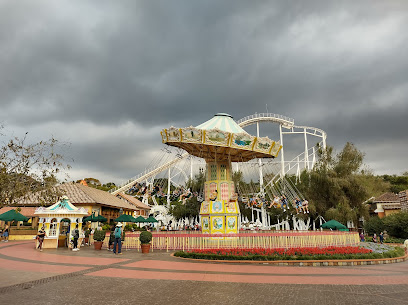
Parque a Centro América
Explore the lush landscapes and tranquil beauty of Parque a Centro América, a serene oasis in Quetzaltenango perfect for relaxation and local culture.
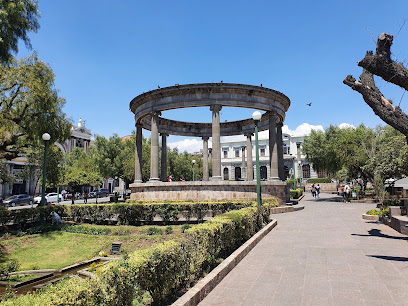
Restaurante Tertulianos
Experience the vibrant flavors of Europe at Restaurante Tertulianos, where Swiss fondue meets a lively pub atmosphere in Quetzaltenango.
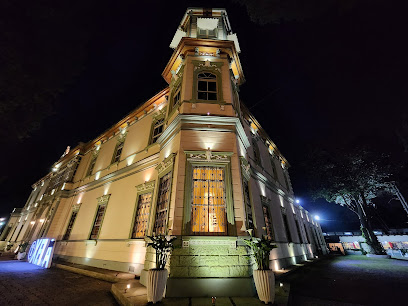
Fuentes Georginas
Experience relaxation and natural beauty at Fuentes Georginas, a stunning thermal springs resort in the mountains of Zunil, Guatemala.
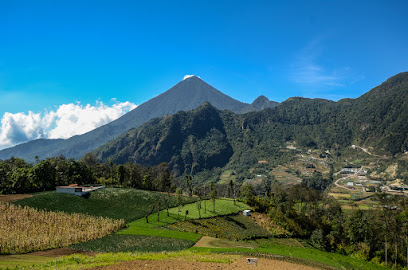
Municipal Theatre
Discover the cultural heart of Quetzaltenango at the Municipal Theatre, where history and artistry converge in a stunning architectural setting.
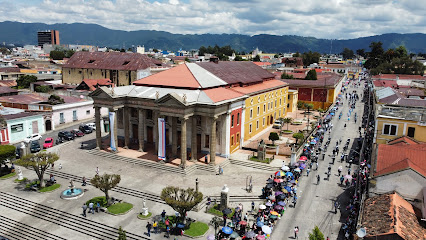
Latam Hotel Plaza Pradera Quetzaltenango
Experience comfort and local charm at Latam Hotel Plaza Pradera Quetzaltenango, your perfect base for exploring Guatemala's stunning landscapes.
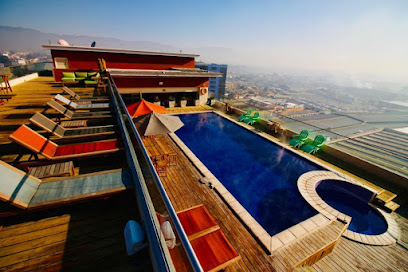
Tecun Uman Monument
Explore the Tecun Uman Monument in Quetzaltenango, a powerful symbol of national pride and indigenous heritage that captivates every visitor.
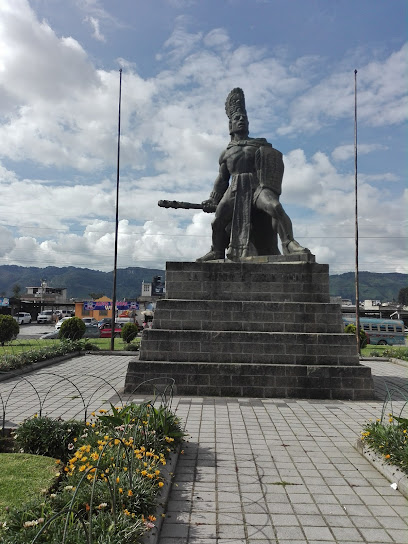
Parque Municipal Cerro El Baúl
Explore the stunning landscapes and vibrant ecosystems of Parque Municipal Cerro El Baúl, a national park in Quetzaltenango, Guatemala, perfect for outdoor adventures.
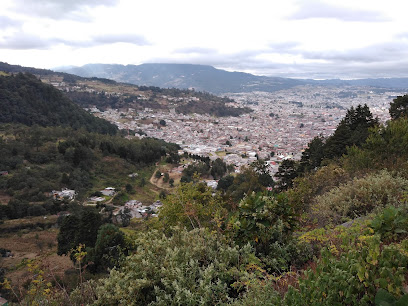
Xela
Discover the lush tranquility of Xela's city park, where nature and culture intertwine in the heart of Quetzaltenango, Guatemala.
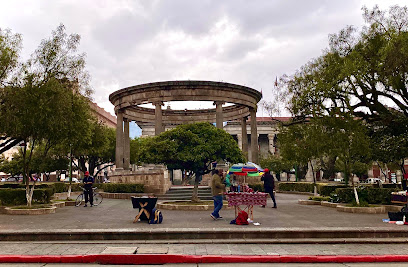
Minerva Temple
Discover the enchanting Minerva Temple in Quetzaltenango, a historical landmark that beautifully blends culture and architecture.
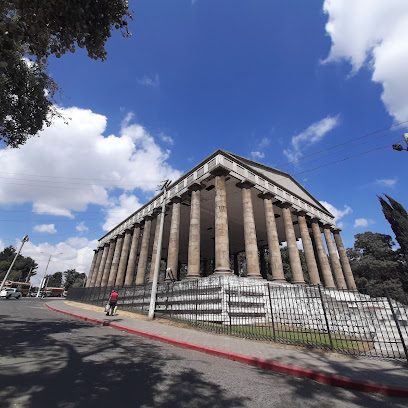
Feria Nacional XELAFER
Dive into the vibrant fun of Feria Nacional XELAFER in Quetzaltenango, where thrilling rides and rich Guatemalan culture collide for an unforgettable experience.
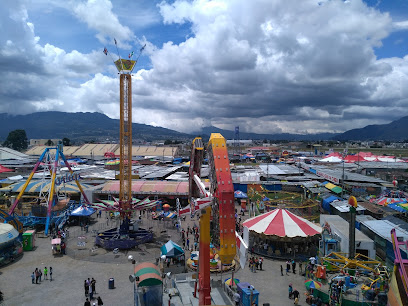
Catedral del Espíritu Santo
Discover the architectural beauty and cultural significance of the Catedral del Espíritu Santo in Quetzaltenango, a must-see for every traveler.
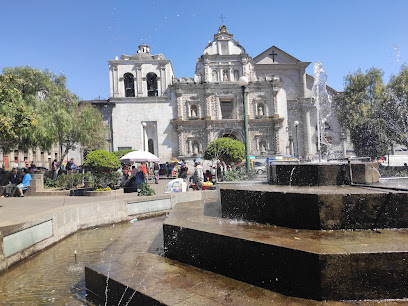
Shai Long - Comida China
Discover the rich flavors of authentic Chinese cuisine at Shai Long, a beloved restaurant in Quetzaltenango, perfect for dining and delivery.
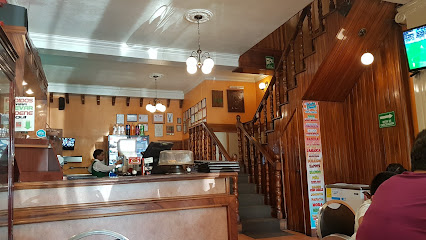
Restaurant DISTINTO
Experience the exquisite flavors of Guatemala at Restaurant DISTINTO, where culinary tradition meets modern dining in Quetzaltenango.
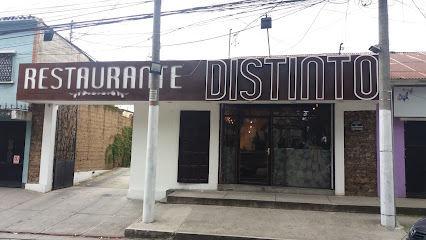
Santa María
Experience the breathtaking beauty and adventure of Santa María, a majestic volcano in Guatemala, perfect for nature lovers and adventurers.
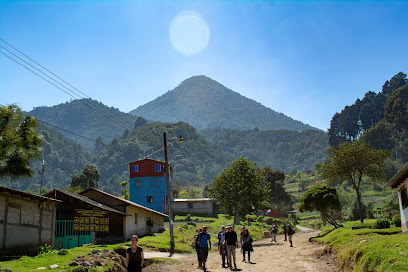
Unmissable attractions to see
Parque a Centro América
Experience the beauty and culture of Quetzaltenango at Parque a Centro América, a serene park filled with lush greenery and stunning architecture.
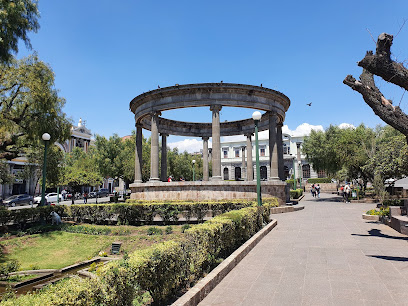
Benito Juárez Park
Experience the serene beauty of Benito Juárez Park, a tranquil escape in Quetzaltenango, ideal for relaxation, picnics, and cultural events.
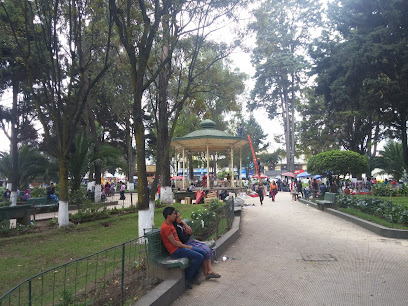
Parque Municipal Cerro El Baúl
Discover the breathtaking beauty of Parque Municipal Cerro El Baúl, a serene national park perfect for relaxation and outdoor adventures in Quetzaltenango, Guatemala.
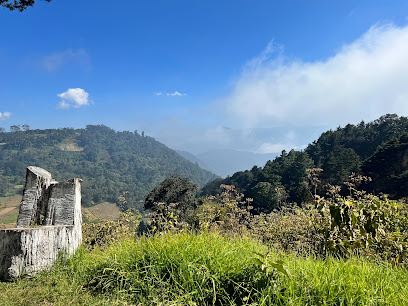
Xela
Experience the tranquility and cultural vibrancy of Xela City Park in Quetzaltenango, a perfect blend of nature and local artistry.
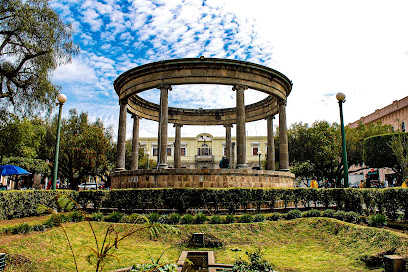
Eagle's Nest Atitlán - Yoga, Dance & Community
Discover tranquility and wellness at Eagle's Nest Atitlán, a perfect blend of yoga, community, and stunning views on Lake Atitlán.
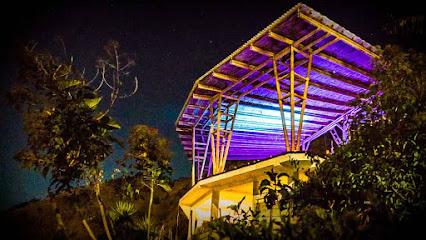
Minerva Temple
Discover the architectural beauty and cultural significance of Minerva Temple, a must-visit historical landmark in Quetzaltenango, Guatemala.
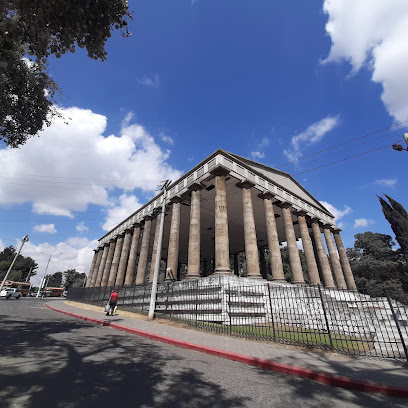
Zoológico Minerva
Discover the diverse wildlife and conservation efforts at Zoológico Minerva in Quetzaltenango, a family-friendly destination for animal lovers.
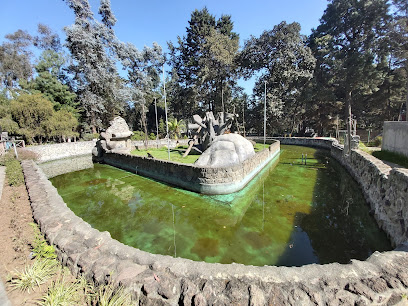
San Nicolas Church
Explore the architectural beauty and spiritual essence of San Nicolas Church in Quetzaltenango, a must-visit cultural landmark in Guatemala.
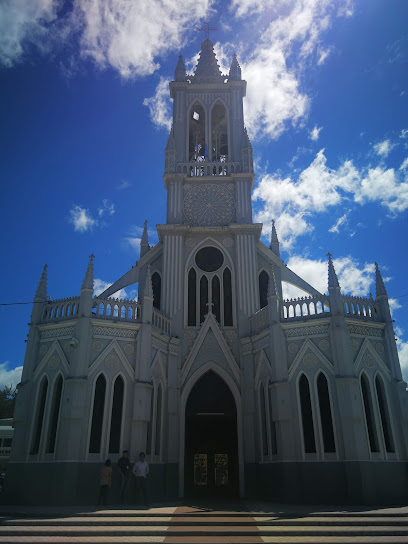
Floresta Xela Park
Explore the beauty of nature and indulge in local cuisine at Floresta Xela Park, a serene oasis in Quetzaltenango offering relaxation and culinary delights.

Catedral del Espíritu Santo
Discover the architectural wonder and spiritual serenity of Catedral del Espíritu Santo in Quetzaltenango, a must-visit destination for every traveler.
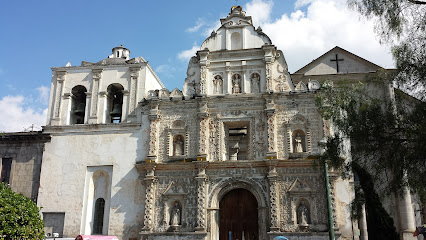
a Simón Bolívar Park
Explore the beauty and culture of Quetzaltenango at Simón Bolívar Park, a vibrant green oasis perfect for relaxation and local experiences.
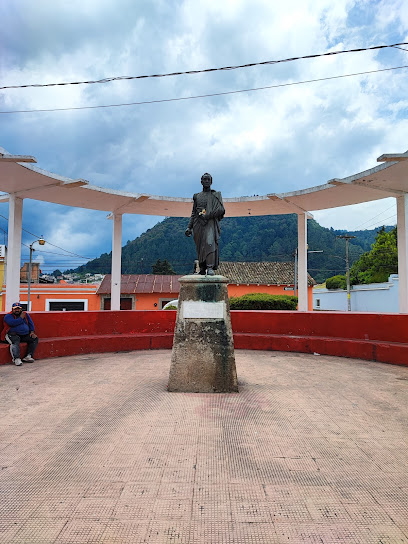
House of Botran and Museum
Uncover the Art of Rum-Making at the House of Botran and Museum in Quetzaltenango, a Unique Blend of Culture, History, and Flavor.
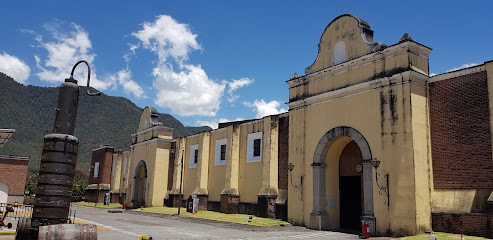
Turicentro CHICOVIX
Discover the vibrant culture and delicious food of Guatemala at Turicentro CHICOVIX in Quetzaltenango, a must-visit tourist attraction.

Paseo La Luna
Discover tranquility at Paseo La Luna, a picturesque park in Quetzaltenango, offering lush greenery, vibrant flora, and a serene escape from city life.

Entre Cerros Park
Discover tranquility at Entre Cerros Park, a beautiful green space in Quetzaltenango, perfect for relaxation and enjoying stunning mountain views.
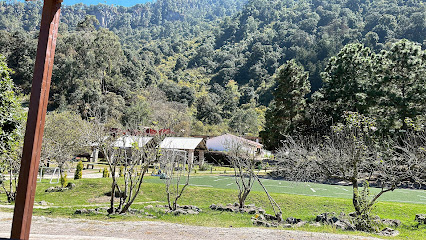
Essential places to dine
Restaurante Tertulianos
Experience the best of European and Swiss cuisine at Restaurante Tertulianos in Quetzaltenango - A culinary adventure awaits!
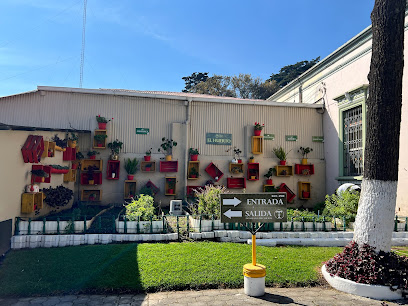
Brule Gourmet
Experience the essence of French cuisine at Brule Gourmet in Quetzaltenango - where every dish tells a story.
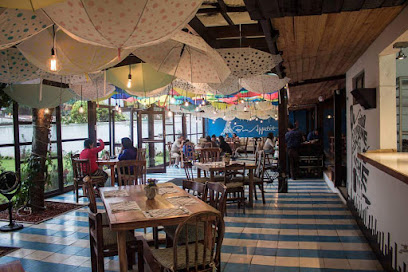
Restaurante Don Carlos - Quetzaltenango.
Experience authentic Guatemalan flavors at Restaurante Don Carlos in Quetzaltenango - a culinary journey you won't forget.
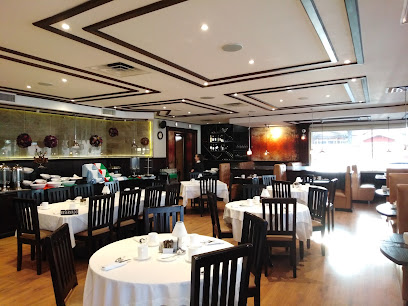
Tentazioni Cucina Tradizionale
Experience authentic Italian flavors at Tentazioni Cucina Tradizionale in Quetzaltenango - where every dish tells a story.
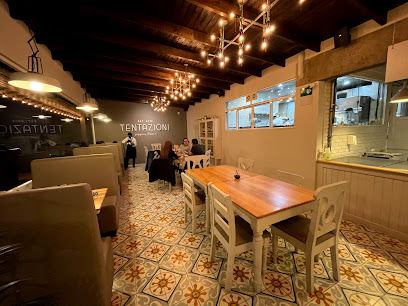
Sabor de la India
Experience authentic Indian cuisine at Sabor de la India in Quetzaltenango - where every dish tells a flavorful story.
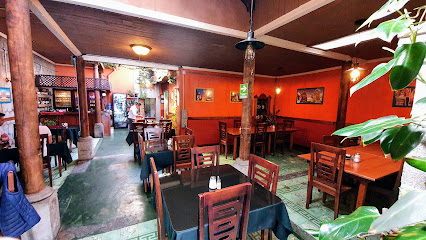
El Cuartito
Experience authentic Guatemalan flavors at El Cuartito in Quetzaltenango – where culinary tradition meets vibrant ambiance.
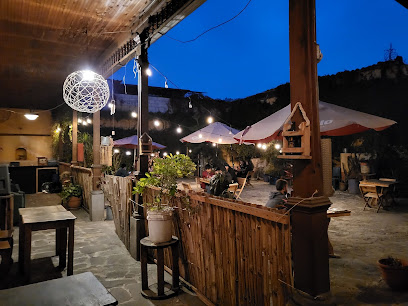
Restaurant DISTINTO
Discover the exquisite blend of traditional Guatemalan cuisine and modern culinary artistry at Restaurant DISTINTO in Quetzaltenango.
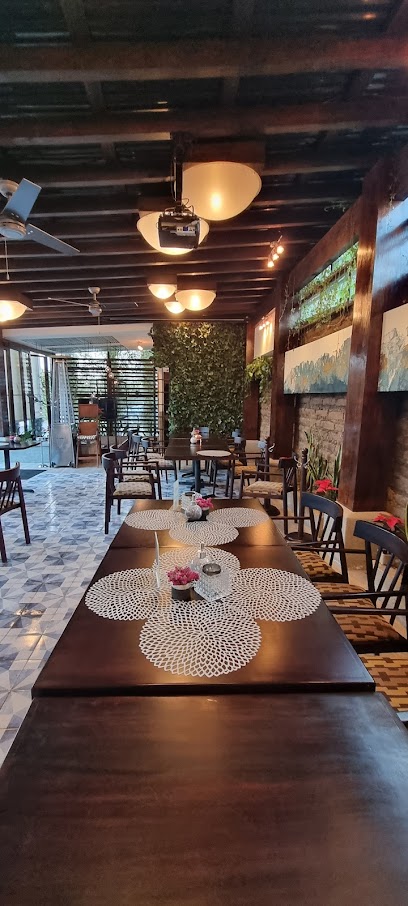
Charlie's Restaurant & Bar
Experience authentic Guatemalan flavors at Charlie's Restaurant & Bar in Quetzaltenango – where grilling meets hospitality.
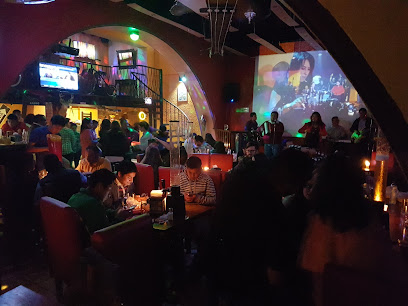
El Pasaje Mediterraneo, en El Pasaje Enriquez
Discover authentic Mediterranean cuisine at El Pasaje Mediterraneo in Quetzaltenango—where every dish tells a story of flavor.
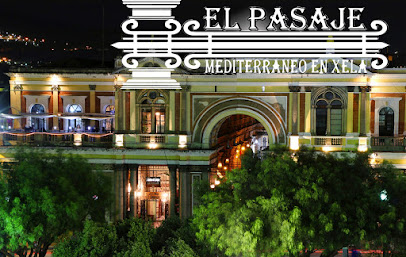
Lkatos Steak and Grill
Experience authentic Guatemalan cuisine at Lkatos Steak and Grill in Quetzaltenango – where every meal is a celebration of flavor.
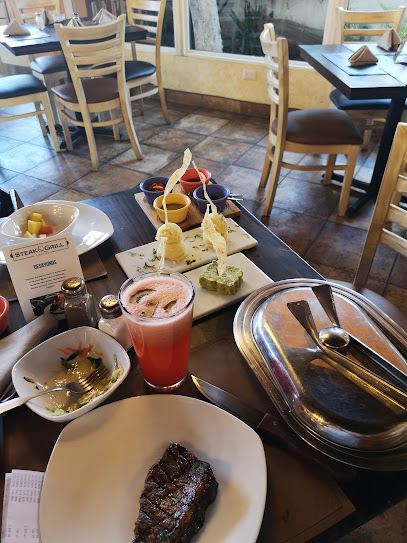
Bistro Positano
Experience authentic Italian cuisine at Bistro Positano in Quetzaltenango - where every bite transports you to Italy.
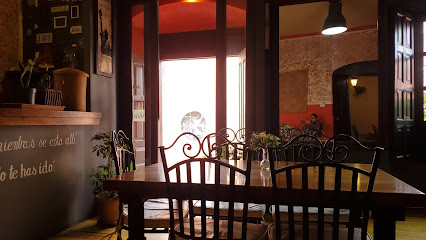
La Esquina Asiatica
Discover the vibrant fusion of Asian flavors at La Esquina Asiatica in Quetzaltenango—where culinary artistry meets local hospitality.
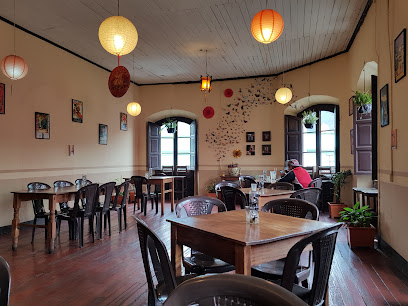
Giardino Ristorante-Pizzeria
Experience the taste of Italy at Giardino Ristorante-Pizzeria in Quetzaltenango - where authentic flavors meet warm hospitality.
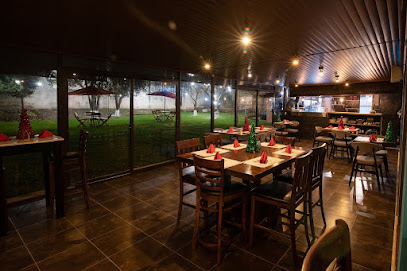
La Stampa Bistro
Experience the rich culinary heritage at La Stampa Bistro in Quetzaltenango, where local flavors meet global cuisine.
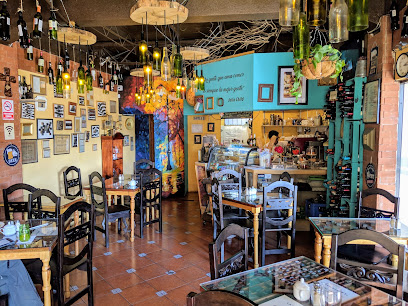
BoxPark Xela
Experience delightful family dining at BoxPark Xela in Quetzaltenango - where local flavors meet international cuisine.
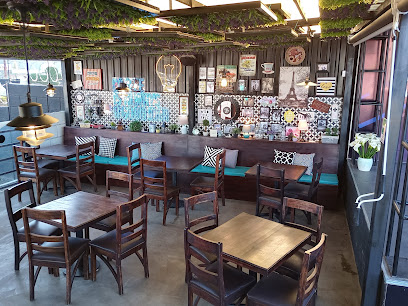
Markets, malls and hidden boutiques
Centros Comerciales Pradera Xela
Explore the vibrant shopping scene at Centros Comerciales Pradera Xela, a must-visit mall in Quetzaltenango offering diverse stores and dining options.

Centro Comercial Interplaza Xela
Experience a shopping paradise at Centro Comercial Interplaza Xela, where diverse shops and delicious dining meet modern entertainment in Quetzaltenango.
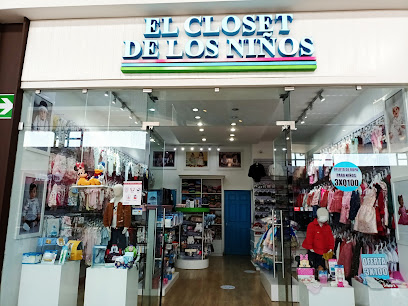
Rubiks Xela
Discover Rubiks Xela, Quetzaltenango's ultimate destination for games, where excitement and fun await for all ages.

Emporium Pradera Xela
Discover a world of men's fashion and local culture at Emporium Pradera Xela, Quetzaltenango's premier shopping destination.
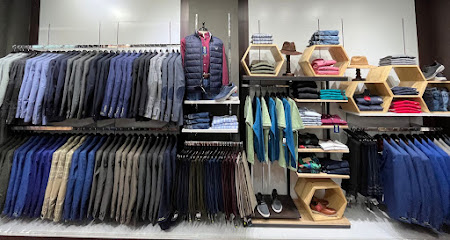
Kpopers Xela
Discover K-pop culture at Kpopers Xela, a vibrant CD store in Quetzaltenango offering a unique selection of music and merchandise for fans.
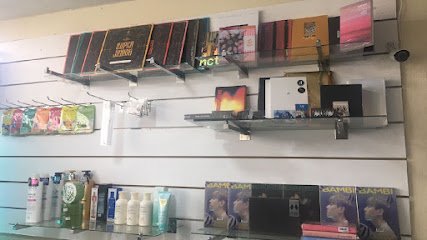
Tupperware Xela
Discover the vibrant culture of Guatemala through unique gifts at Tupperware Xela in Quetzaltenango, a treasure trove for tourists.
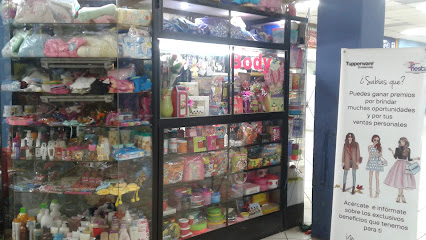
Little Apple Xela
Explore the heart of Quetzaltenango at Little Apple Xela, your go-to gift shop for authentic Guatemalan souvenirs and handicrafts.
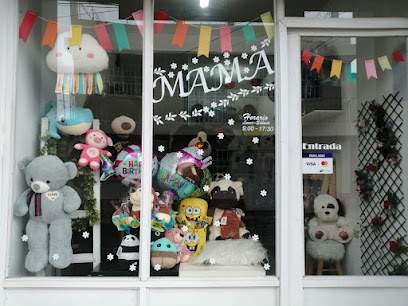
Colette Store
Discover unique fashion at Colette Store in Quetzaltenango, where local culture meets trendy styles in a delightful shopping experience.
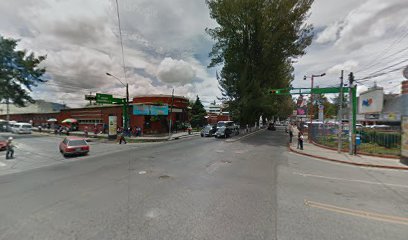
Milky Way
Explore the Milky Way Gift Shop in Quetzaltenango for unique souvenirs and local artisan crafts that reflect the heart of Guatemala.
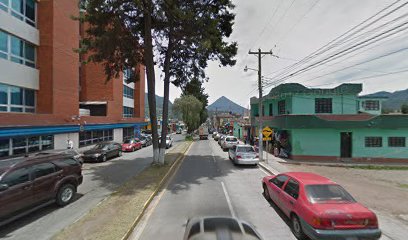
Boutique MORGAN.
Explore the vibrant fashion scene at Boutique MORGAN, where local culture meets modern style in the heart of Quetzaltenango.
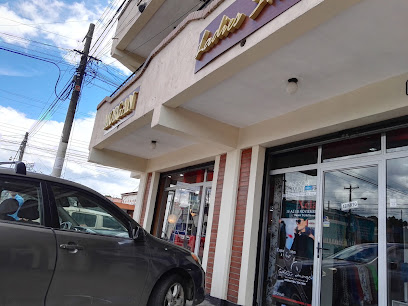
Peluche
Explore Peluche in Quetzaltenango for unique gifts and local crafts that capture the essence of Guatemala's rich heritage.
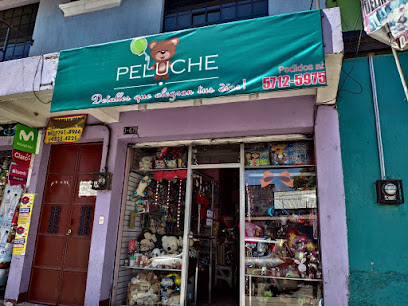
Subliart xela
Explore unique fashion at Subliart Xela in Quetzaltenango, where contemporary styles meet traditional Guatemalan craftsmanship.
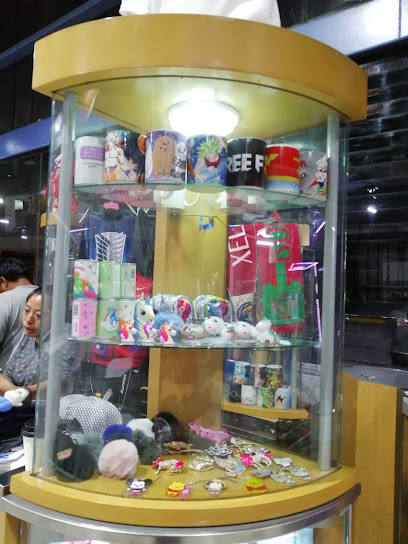
Fantasías Lourdes Xela
Explore Fantasías Lourdes Xela for unique Guatemalan crafts and souvenirs that capture the essence of Quetzaltenango's vibrant culture and artistry.
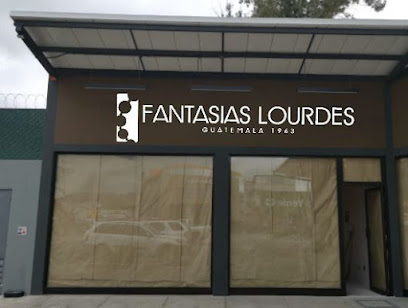
Cherry boutique
Discover unique fashion at Cherry Boutique in Quetzaltenango, where modern trends meet traditional Guatemalan styles in a charming shopping experience.
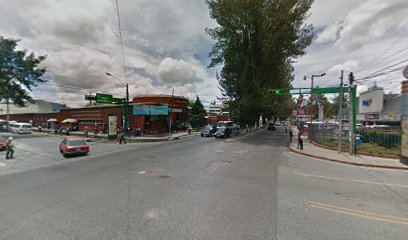
Bloom Shop
Explore Bloom Shop in Quetzaltenango for unique gifts and authentic Guatemalan crafts, embodying the spirit of local artistry.

Essential bars & hidden hideouts
Charlie's Restaurant & Bar
Discover the flavors of Quetzaltenango at Charlie's Restaurant & Bar, where grilled specialties meet a vibrant atmosphere.
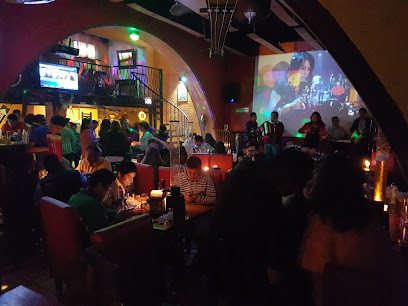
El Shamrock
Experience the vibrant nightlife of Quetzaltenango at El Shamrock, a lively bar renowned for its cocktails and welcoming atmosphere.
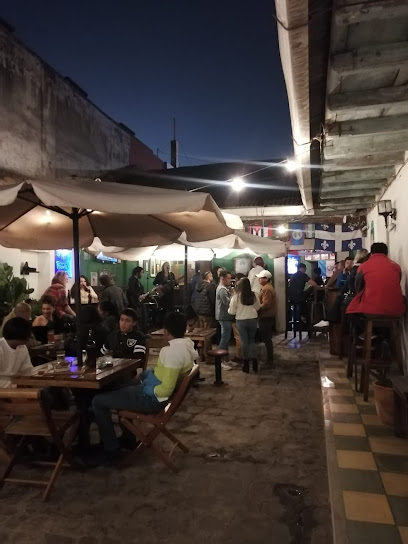
Calixto Güin Pub
Experience the vibrant nightlife at Calixto Güin Pub in Quetzaltenango, where local culture meets lively entertainment and great drinks.
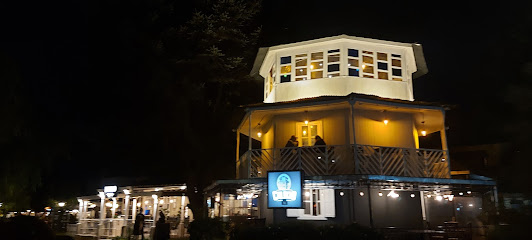
Coyote Sport Bar
Experience the vibrant nightlife of Quetzaltenango at Coyote Sport Bar, where great food, drinks, and sports come together in a lively atmosphere.
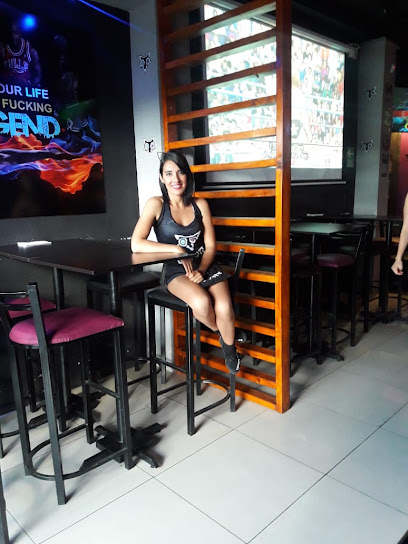
La Cantería
Discover the vibrant atmosphere of La Cantería, a lively bar in Quetzaltenango offering a delightful array of local and international drinks.
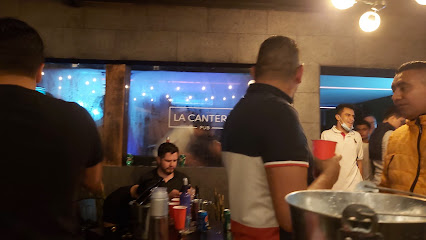
Búho Bar
Experience the vibrant nightlife at Búho Bar in Quetzaltenango, where local culture meets delicious drinks and lively entertainment.
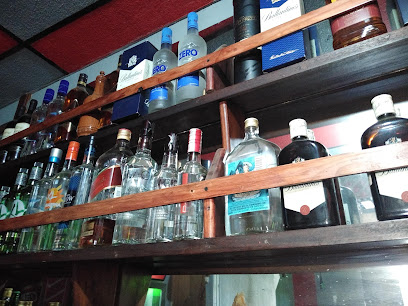
Show time lounge
Experience the vibrant nightlife of Quezaltenango at Show Time Lounge, where local culture meets lively entertainment in a welcoming atmosphere.
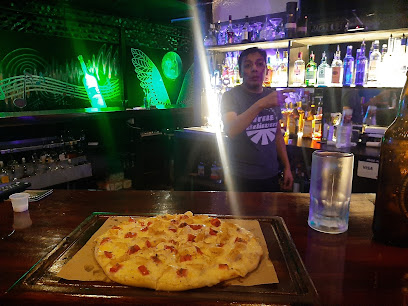
El Portal De La Quinta
Experience the vibrant nightlife of Quetzaltenango at El Portal De La Quinta, a lively pub offering a delightful selection of drinks and a welcoming atmosphere.
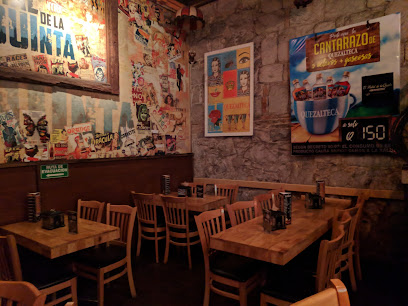
Boreal Sport Bar
Experience the vibrant nightlife at Boreal Sport Bar in Quetzaltenango, where local charm meets affordable drinks in a lively atmosphere.
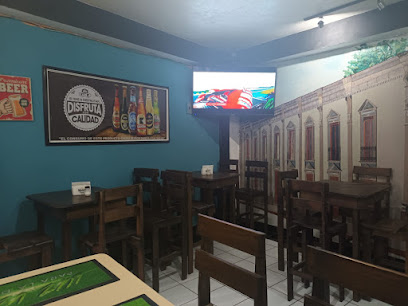
La toxica Bar
Experience the vibrant nightlife and delicious grilled dishes at La Toxica Bar, a must-visit destination in Quetzaltenango, Guatemala.
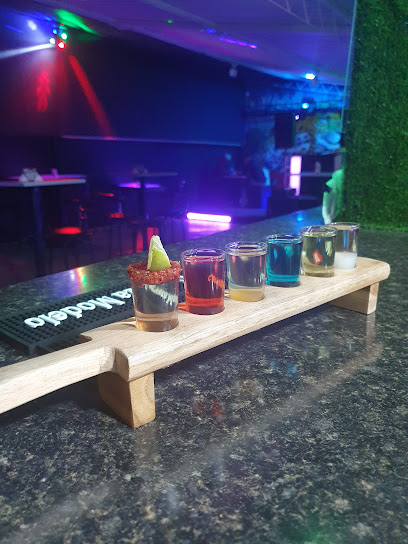
Si señor Resto-bar 2.
Experience the vibrant nightlife and local flavors at Si Señor Resto-bar in Quetzaltenango, a perfect place for relaxation and socializing.
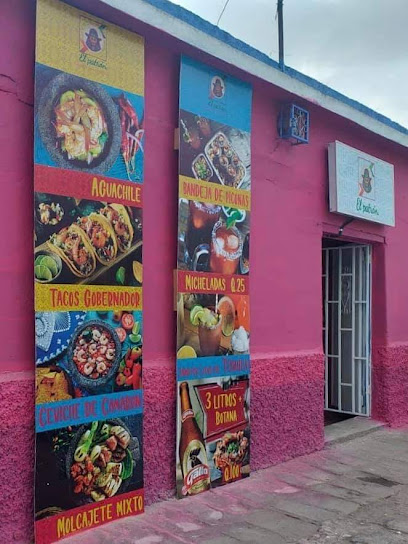
El punto Restobar Xela
Discover the vibrant atmosphere and delicious offerings at El punto Restobar Xela, a must-visit culinary destination in Quetzaltenango.
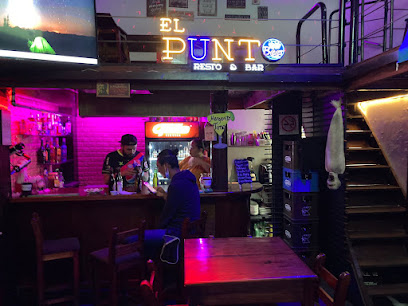
Sky Bar Xela
Experience breathtaking views and refreshing drinks at Sky Bar Xela, the ultimate bar destination in Quetzaltenango.
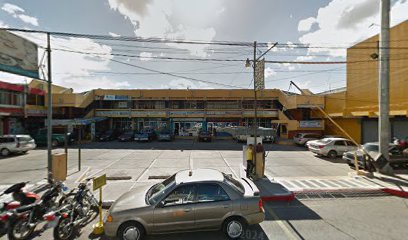
Si Señor Resto-bar, Xela.
Experience Quetzaltenango's vibrant nightlife at Si Señor Resto-bar, where local flavors meet lively ambiance for an unforgettable night.
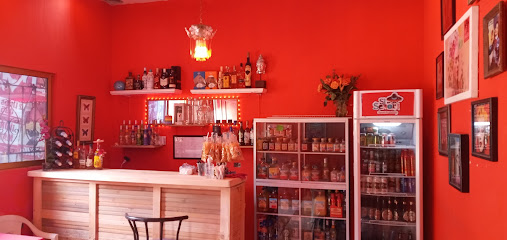
La Buba Gastro & Pub
Experience the vibrant flavors of Quetzaltenango at La Buba Gastro & Pub, a must-visit bar for tourists seeking local culinary delights.

Local Phrases about Quetzaltenango (Xela)
-
- HelloK'ux k'ux
[kooz kooz] - GoodbyeChuchoq'
[choo-chock] - YesE'
[eh] - NoMan
[mahn] - Please/You're welcomePor favor
[por fah-vor] - Thank youMatyox
[mah-chohsh] - Excuse me/SorryXa kib'äl
[shah kee-bahl] - How are you?La utz ilaj
[lah ootz eelaj] - Fine. And you?Utz. E k'ija'?
[ootz. eh kee-hah] - Do you speak English?Ri' jun inglés?
[ree hoon een-glays] - I don't understandAchike'ij
[ah-chee-keh-eel]
- HelloK'ux k'ux
-
- I'd like to see the menu, pleaseAt paq'ij k'ojonel, por favor
[aht pah-kee-ch koh-hoh-nel, por fah-vor] - I don't eat meatMan paq'ij chik'in
[mahn pah-kee-ch chee-keen] - Cheers!Kamalik!
[kah-mah-leek] - I would like to pay, pleaseAt paq'ij chik'olaj, por favor
[aht pah-kee-ch chee-koh-lahj por fah-vor]
- I'd like to see the menu, pleaseAt paq'ij k'ojonel, por favor
-
- Help!Achij!
[ah-chee] - Go away!Xajaw!
[shah-haw] - Call the Police!Xik'olaj winaqil!
[shee-koh-lahj wee-nah-keel] - Call a doctor!Xik'olaj aj awachil!
[shee-koh-lahj ah-h wah-cheel] - I'm lostMan k'utziq'ij
[mahn kootz-ee-kee] - I'm illMan k'ajolaj
[mahn kah-hoh-lahj]
- Help!Achij!
-
- I'd like to buy...At paq'ij chik'olaj...
[aht pah-kee-ch chee-koh-lahj] - I'm just lookingMan at paq'ij k'och'el
[mahn aht pah-kee-ch kohch-el] - How much is it?Q'ij paq?
[keech pahk] - That's too expensiveQ'ij q'anel
[keech kah-nel] - Can you lower the price?K'ut xq'ij chik'olaj?
[koot khkeech chee-koh-lahj]
- I'd like to buy...At paq'ij chik'olaj...
-
- What time is it?Xkiq'ij ri q'ij?
[shkee-keech ree keech] - It's one o'clockQ'ij jun
[keech hoon] - Half past (10)K'ak'al k'ij (k'amalaj)
[kah-kahl keech (kah-mah-lahj)] - MorningQ'ijaw
[keech-aw] - AfternoonAjaw
[ah-aw] - EveningRi q'ij
[ree keech] - YesterdayJuyub'
[hoo-yoob] - TodayK'ij
[keech] - TomorrowRi k'ij
[ree keech] - 1Jun
[hoon] - 2Ka'wiq
[kah-wee] - 3Oxib'
[oh-sheeb] - 4Kajaw
[kah-haw] - 5Wuqub'
[woo-koob] - 6Waqib'
[wah-keeb] - 7Waqxaqib'
[wahsh-ah-keeb] - 8B'elej
[beh-leh] - 9B'ali
[bah-lee] - 10Lajuj
[lah-hooh]
- What time is it?Xkiq'ij ri q'ij?
-
- Where's a/the...?Ri k'u...
[ree koo] - What's the address?Ri k'ajlan q'otajil?
[ree kah-hahn koh-tah-heel] - Can you show me (on the map)?K'ut xk'ij k'ut xk'ij (ri map'aj)?
[koot shkeech koot shkeech (ree mah-pahk)] - When's the next (bus)?Ri k'ajlan k'ut (b'us)?
[ree kah-hahn koot (boos)] - A ticket (to ....)K'ut b'ilel (ri...)
[koot bee-lehl (ree)]
- Where's a/the...?Ri k'u...
History of Quetzaltenango (Xela)
-
Quetzaltenango, known as Xelajú by its original inhabitants, was a significant city in the Mam Maya civilization. The area was settled around 300 BCE and became a vital cultural and commercial hub in the highlands of Guatemala. The Mam people, renowned for their complex social structures and impressive architectural achievements, built the foundations of what would later become Quetzaltenango.
-
In the 13th century, the city came under the control of the K'iche' kingdom. The K'iche', who were expanding their influence throughout the highlands, integrated Xelajú into their domain. This period saw significant cultural and economic exchanges, further enriching the city's historical tapestry.
-
The Spanish Conquistador Pedro de Alvarado, accompanied by indigenous allies, arrived in the early 16th century. In 1524, the battle of Xelajú took place, resulting in the defeat of the local K'iche' forces led by the heroic figure Tecún Umán. This marked the beginning of Spanish colonial rule in the region, transforming the city's cultural and architectural landscape.
-
During the colonial period, Quetzaltenango grew as an important administrative and economic center in the Captaincy General of Guatemala. The Spanish brought new agricultural practices, introduced Catholicism, and built many of the city's iconic colonial buildings. This era left a lasting imprint on Quetzaltenango's urban development and cultural identity.
-
Quetzaltenango played a pivotal role during Guatemala's struggle for independence from Spain in 1821. Following independence, the city became a hotbed for liberal reforms, promoting economic modernization and social changes. The 19th century was marked by efforts to modernize infrastructure and improve educational institutions, shaping the city's future trajectory.
-
In 1838, Quetzaltenango declared itself the capital of the newly formed State of Los Altos, seeking independence from Guatemala. However, this autonomy was short-lived, as the Guatemalan government reasserted control in 1840. Despite its brief existence, the State of Los Altos left a lasting legacy of regional pride and identity.
-
Quetzaltenango continued to evolve throughout the 20th and 21st centuries, becoming a vibrant educational and cultural center. The city is home to numerous universities, theaters, and cultural institutions that celebrate its rich heritage. Today, Quetzaltenango is known for its unique blend of indigenous and colonial influences, making it a fascinating destination for travelers seeking to explore Guatemala's history and culture.
Quetzaltenango (Xela) Essentials
-
Quetzaltenango (Xela) is located in the highlands of western Guatemala. The nearest international airport is La Aurora International Airport in Guatemala City, approximately 200 kilometers away. From Guatemala City, you can take a direct bus to Xela, which typically takes around 4-5 hours. Several reputable bus companies, such as Alamo, Linea Dorada, and Transportes Galgos, offer daily services. Alternatively, you can hire a private shuttle or rent a car for a more flexible travel schedule.
-
Within Xela, transportation options include taxis, buses, and tuk-tuks. Taxis are widely available and relatively inexpensive, but make sure to agree on a fare beforehand as they do not use meters. The local buses, known as 'chicken buses,' are an affordable option for getting around, although they can be crowded and less punctual. Tuk-tuks are a convenient way to navigate the narrow streets of the city center. For exploring the surrounding areas, consider renting a car or hiring a private driver.
-
The official currency is the Guatemalan Quetzal (GTQ). Credit cards are accepted in most hotels, restaurants, and larger shops, but it is advisable to carry cash for smaller establishments and market purchases. ATMs are readily available throughout Xela, and they dispense cash in Quetzales. Ensure you notify your bank before your trip to avoid any issues with card transactions abroad.
-
While Xela is generally considered safer than Guatemala City, it is still important to exercise caution. Avoid walking alone at night, especially in poorly lit areas or neighborhoods like La Democracia and Las Rosas, which have higher crime rates. Keep your belongings secure and be cautious of pickpockets in crowded places such as markets and bus terminals. Stick to well-traveled areas and avoid displaying valuables openly.
-
In case of an emergency, dial 120 for police assistance or 122 for medical emergencies. The main hospital in Xela is the Hospital Regional de Occidente, which provides a range of medical services. Pharmacies are widespread and can provide over-the-counter medications for minor health issues. It is also recommended to have travel insurance that covers medical emergencies.
-
Fashion: Do dress modestly, especially in rural areas and religious sites. Avoid wearing flashy jewelry or revealing clothing. Religion: Do respect local customs and traditions. When visiting churches, dress conservatively and remain silent. Public Transport: Do be courteous and offer your seat to elderly passengers. Don't eat or drink on public buses. Greetings: Do greet people with a handshake and a polite 'Buenos días' or 'Buenas tardes.' Eating & Drinking: Do try local dishes and accept food offerings graciously. Don't refuse hospitality, as it is considered impolite.
-
To experience Xela like a local, visit the Mercado La Democracia for fresh produce and traditional Guatemalan goods. Engage in conversations with locals, who are often friendly and willing to share insights about their culture and history. Don't miss the opportunity to visit Fuentes Georginas, natural hot springs located just outside the city. For a unique experience, try a traditional sauna, known as a 'temazcal,' which is a Mayan steam bath that offers relaxation and cultural immersion.
Trending Landmarks in Quetzaltenango (Xela)
-
Xetulul Guatemala
-
Parque a Centro América
-
Restaurante Tertulianos
-
Fuentes Georginas
-
Municipal Theatre
-
Latam Hotel Plaza Pradera Quetzaltenango
-
Tecun Uman Monument
-
Parque Municipal Cerro El Baúl
-
Xela
-
Minerva Temple
-
Feria Nacional XELAFER
-
Catedral del Espíritu Santo
-
Shai Long - Comida China
-
Restaurant DISTINTO
-
Santa María
Nearby Cities to Quetzaltenango (Xela)
-
Things To Do in Lake Atitlán
-
Things To Do in Panajachel
-
Things To Do in Chichicastenango
-
Things To Do in Antigua Guatemala
-
Things To Do in Guatemala City
-
Things To Do in Chalchuapa
-
Things To Do in Santa Ana
-
Things To Do in Copán Ruinas
-
Things To Do in Chiapas
-
Things To Do in San Salvador
-
Things To Do in La Libertad
-
Things To Do in Suchitoto
-
Things To Do in Flores
-
Things To Do in Santa Rosa de Copán
-
Things To Do in Rio Dulce

